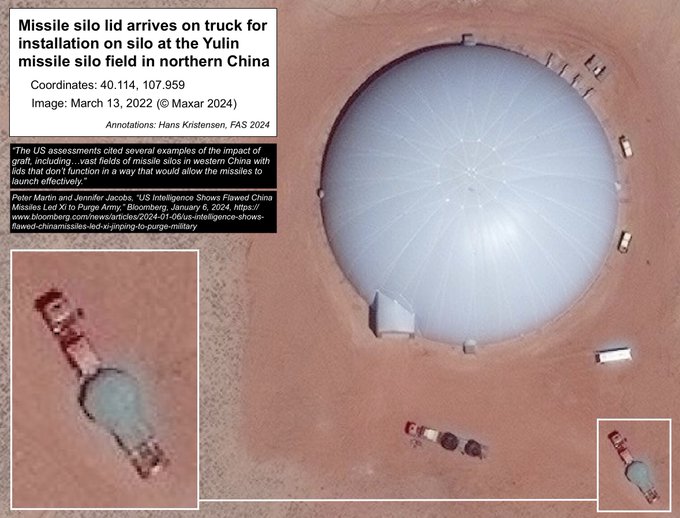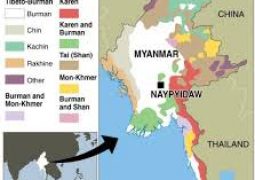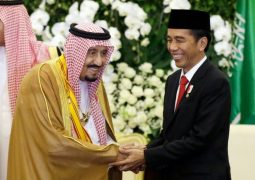Behind China Purge of Military Leadership: Water-Filled Missiles, Silo Problems, Corruption, Over-reporting
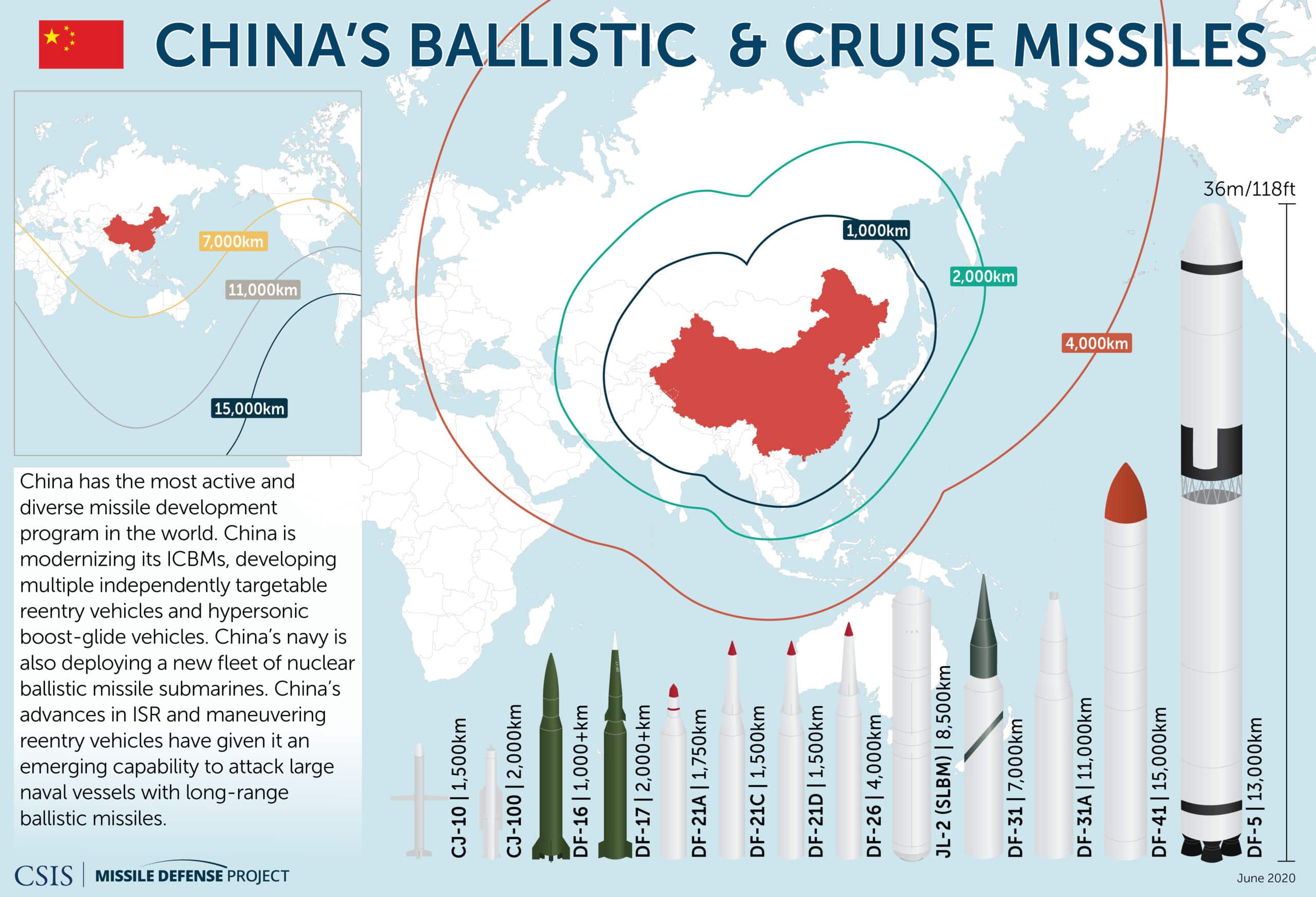
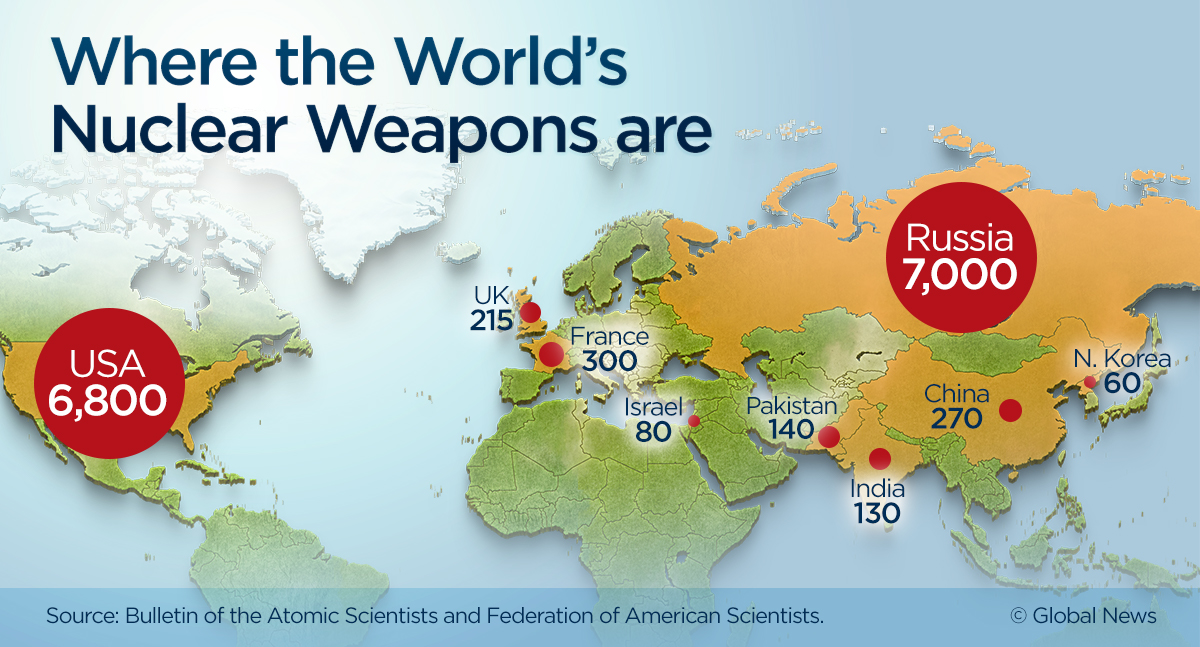
JOSEPH TREVITHICK
New reported details about Chinese corruption allegations raise questions about the country’s military readiness and modernization efforts.
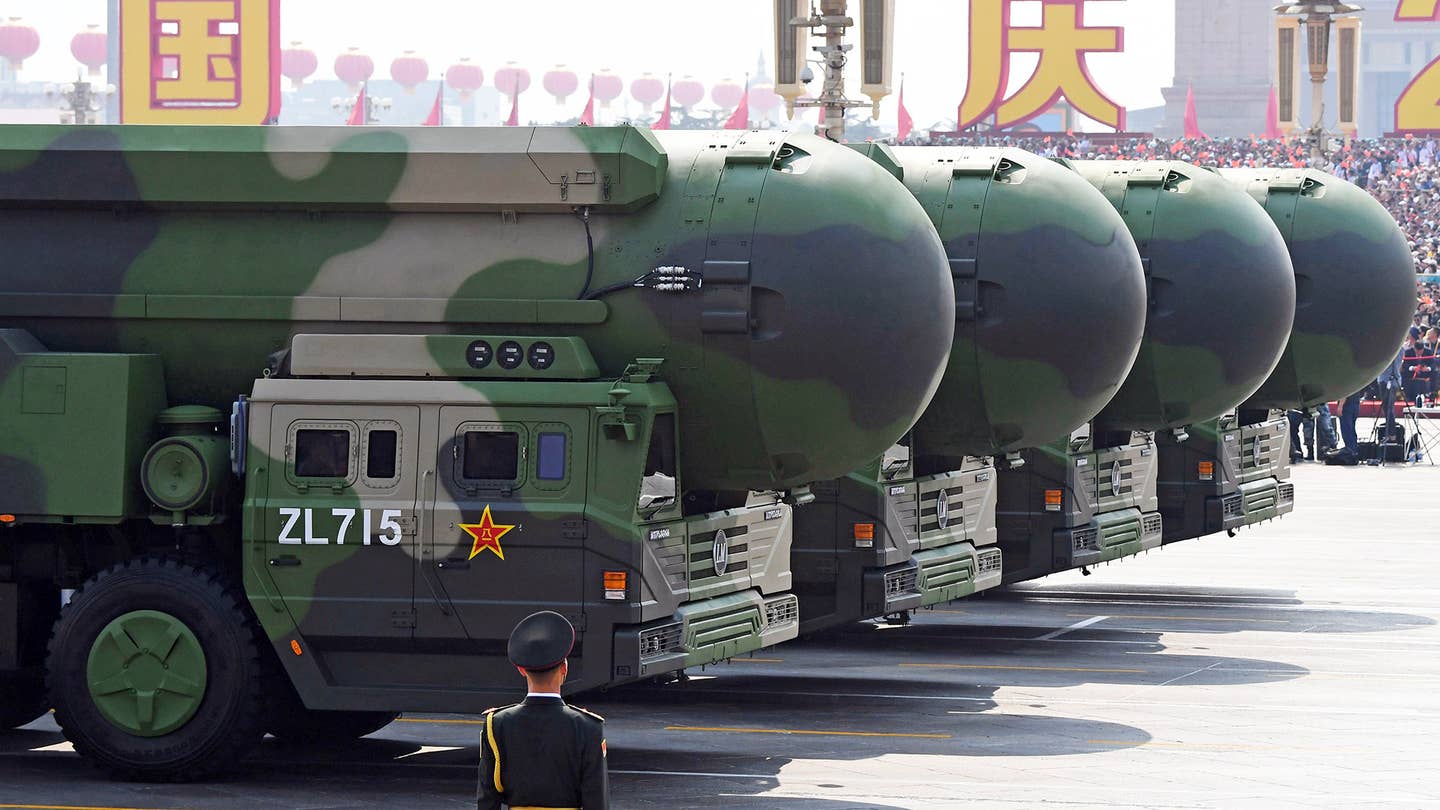
Missiles filled with water instead of fuel and lids on silos that do not work properly were among the factors that led to the sacking of China’s defense minister and a slew of other senior officials last year, according to a recent report. These issues, blamed primarily on corruption, have in turn reportedly rattled Chinese President Xi Jinping’s confidence in his country’s armed forces, including its ability to conduct major operations, such as an invasion of Taiwan. It also raises questions about the readiness of China’s military and its broader modernization efforts.
Bloomberg published a story on the reported problems surrounding the People’s Liberation Army Rocket Force (PLARF) this past weekend, citing unnamed individuals familiar with U.S. intelligence on the topic. The PLARF is the arm of China’s military that oversees the country’s arsenal of nuclear and conventionally-armed ground-based ballistic, cruise, and hypersonic missiles, as well as various supporting elements.
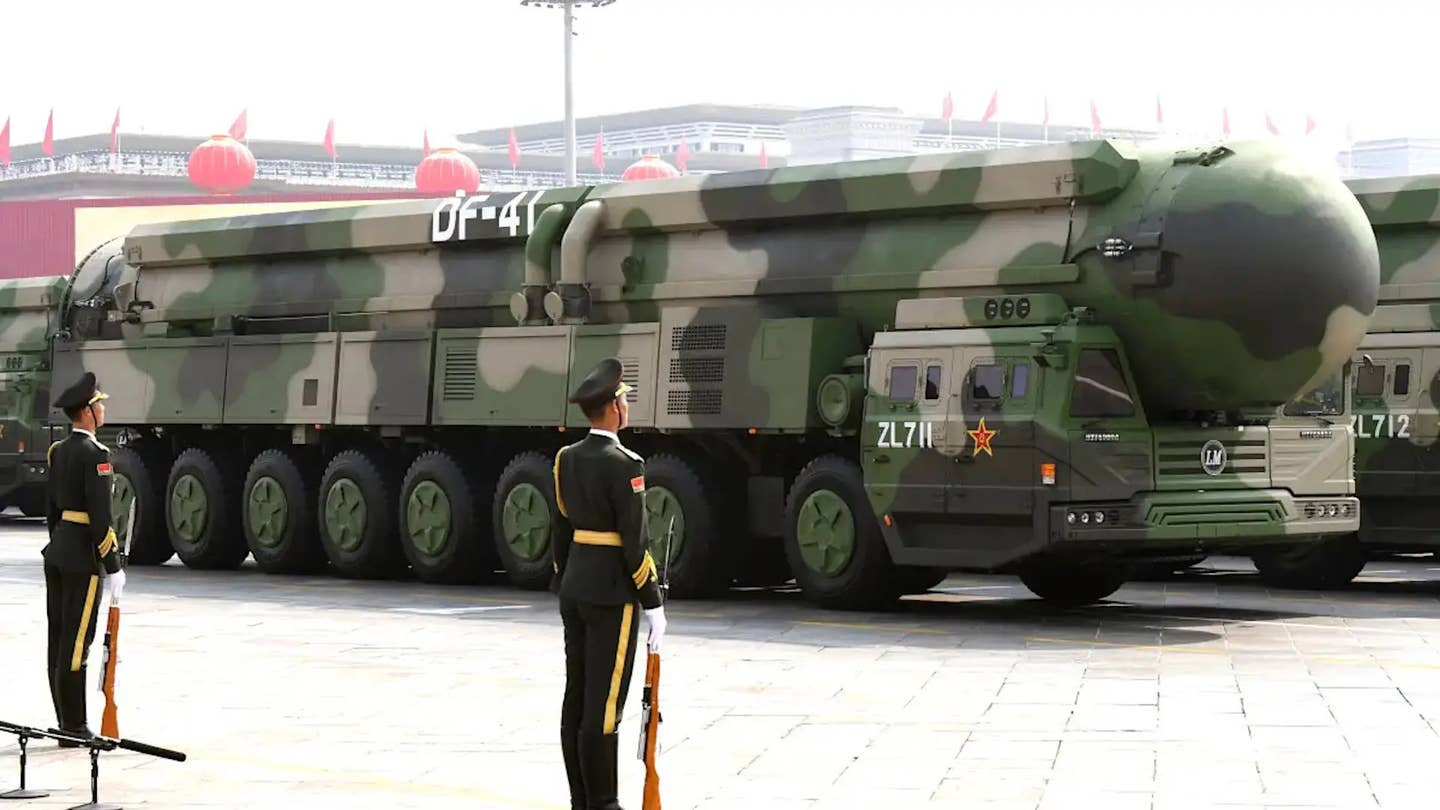
Missiles filled with water instead of fuel and lids on silos that do not work properly were among the factors that led to the sacking of China’s defense minister and a slew of other senior officials last year, according to a recent report. These issues, blamed primarily on corruption, have in turn reportedly rattled Chinese President Xi Jinping’s confidence in his country’s armed forces, including its ability to conduct major operations, such as an invasion of Taiwan. It also raises questions about the readiness of China’s military and its broader modernization efforts.

“The U.S. assessments cited several examples of the impact of graft, including missiles filled with water instead of fuel and vast fields of missile silos in western China with lids that don’t function in a way that would allow the missiles to launch effectively, one of the people said,” according to Bloomberg‘s report.
Bloomberg did not identify the missiles in question or say how many silos were found to have improperly functioning lids. The outlet also said it could not independently verify these assessments, and that it received no further details on the record from either the White House or the Pentagon.
Based on the limited information from the Bloomberg story, one immediate possibility regarding the water-filled missiles is that this might have to do with Chinese liquid-fueled ballistic missiles. The PLARF currently has a relatively small arsenal of silo-based, nuclear-armed liquid-fueled DF-5-series intercontinental ballistic missiles (IBCM). In the late 2010s, at least one brigade of older road-mobile liquid-fueled DF-4 IBCMs was also still operational, though independent experts assess those weapons to have finally been retired.
However, China’s DF-5s are not understood to be kept in a fueled state by default. Liquid rocket fuel is very toxic and corrosive, in addition to being flammable and explosive. Though there are ways to mitigate these issues, this all typically makes it dangerous to keep liquid-fueled missiles fully loaded with propellant for extended periods of time. It’s also one of the reasons why missiles with solid fuel rocket motors are more flexible, since they do not need to be fueled beforehand, and are generally safer overall to handle. It reportedly takes an average of 30 to 60 minutes to fuel an empty DF-5.
In 2022, General Secretary Xi delivered a speech to the CCP [Chinese Communist Party] Central Commission for Discipline Inspection in which he stated that although serious potential dangers of corruption within the Party and the military have been rooted out, the fight against corruption is still raging in the PRC,” the Pentagon’s most recent China report from last year notes. “In mid-2023, PRC [People’s Republic of China] media announced that PLA Rocket Force leadership was being replaced and the PLA launched an inquiry into corruption linked to the procurement of military equipment, indicating that the PLA’s anti-corruption campaign remains incomplete.”
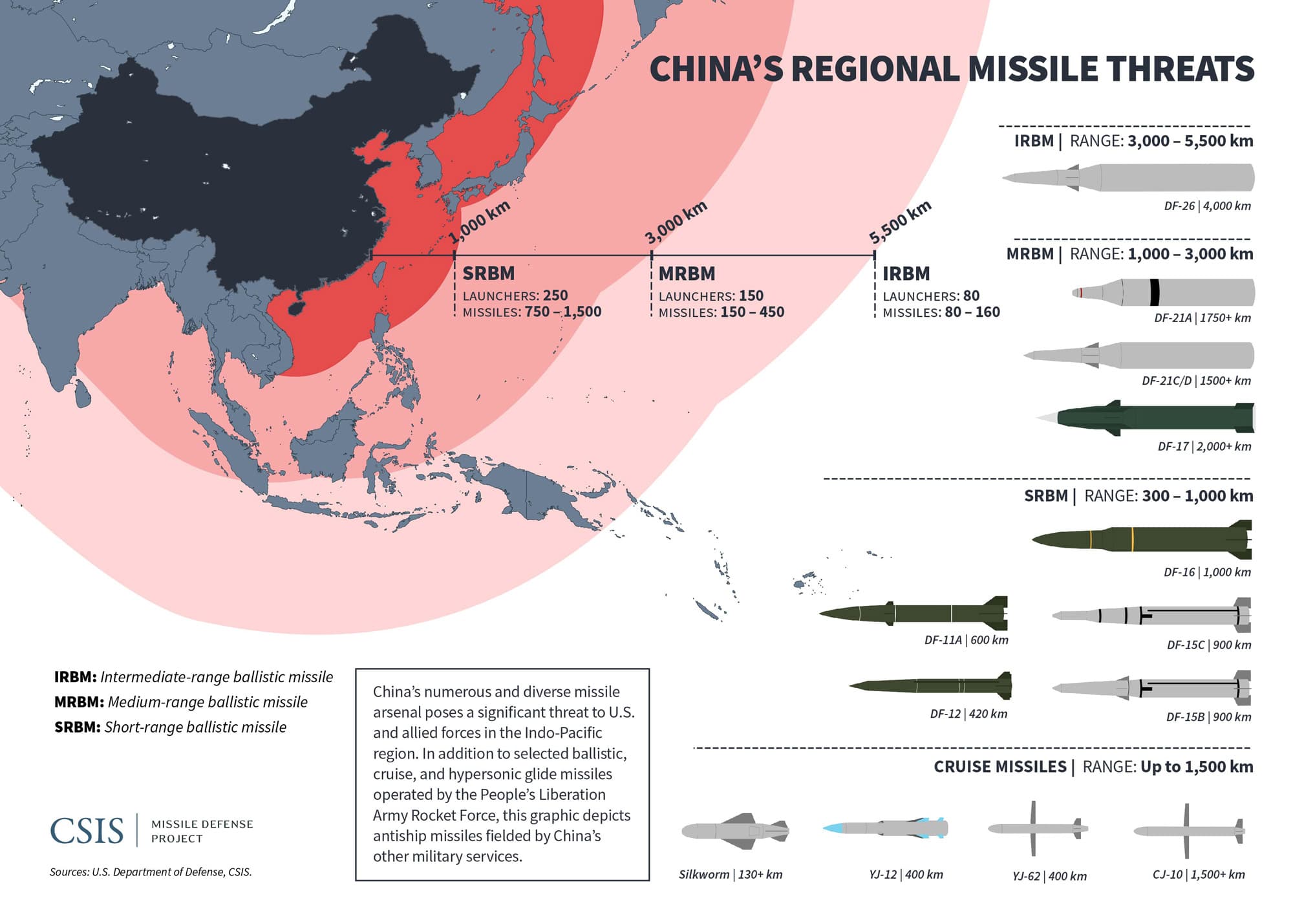
“Getting this right is important because the Intelligence Community and Services during the Cold War sometimes exaggerated the capabilities of the Soviet Union that resulted in overly worst-case scenarios and wasteful spending,” he continued.
Altogether, it remains to be seen whether or not more details may now emerge about what has been behind the tumultuous past year within the PLARF and the rest of China’s defense establishment. Still, the specifics behind the reported water-filled missiles and silo lid problems notwithstanding, there are clearly serious woes within the PLA’s missile arm and the fallout looks to be far from over.
- Previous 3 Maldives ministers suspended as they Modi slammed as ‘puppet of Israel’, “a clown” and a “terrorist”.
- Next Malaysia targets 1.5 mil Muslim tourists with China as main focus


